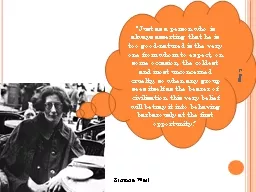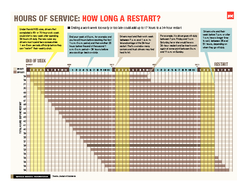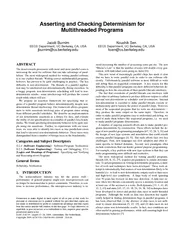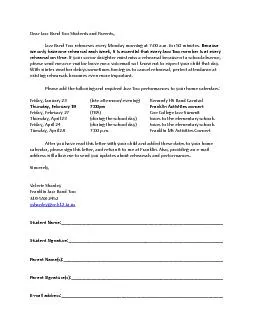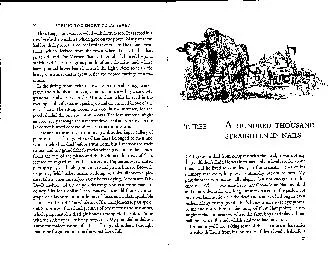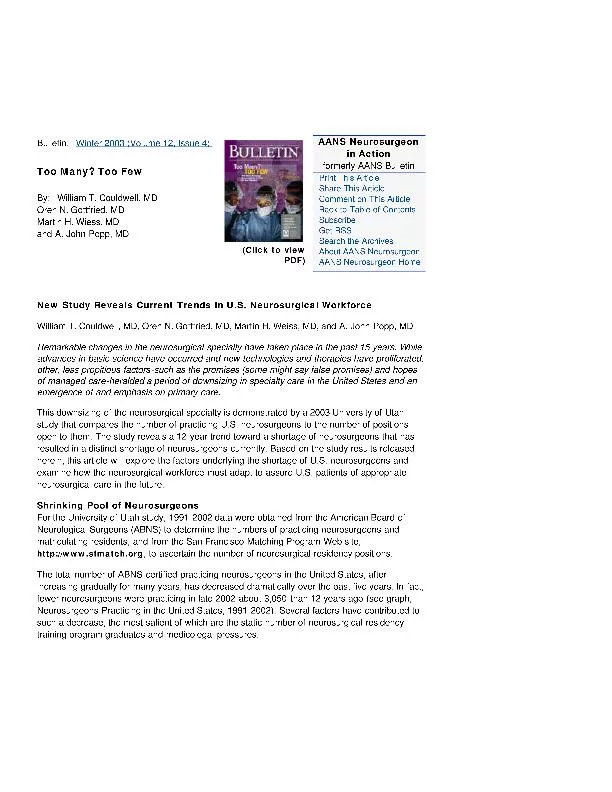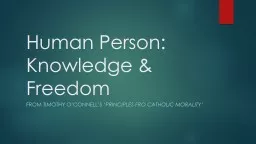PPT-“Just as a person who is always asserting that he is too
Author : tawny-fly | Published Date : 2015-12-11
Simone Weil E Napp Many Asian and African peoples had produced quite willingly for an international market long before they were enclosed within colonial societies
Presentation Embed Code
Download Presentation
Download Presentation The PPT/PDF document "“Just as a person who is always assert..." is the property of its rightful owner. Permission is granted to download and print the materials on this website for personal, non-commercial use only, and to display it on your personal computer provided you do not modify the materials and that you retain all copyright notices contained in the materials. By downloading content from our website, you accept the terms of this agreement.
“Just as a person who is always asserting that he is too: Transcript
Download Rules Of Document
"“Just as a person who is always asserting that he is too"The content belongs to its owner. You may download and print it for personal use, without modification, and keep all copyright notices. By downloading, you agree to these terms.
Related Documents

